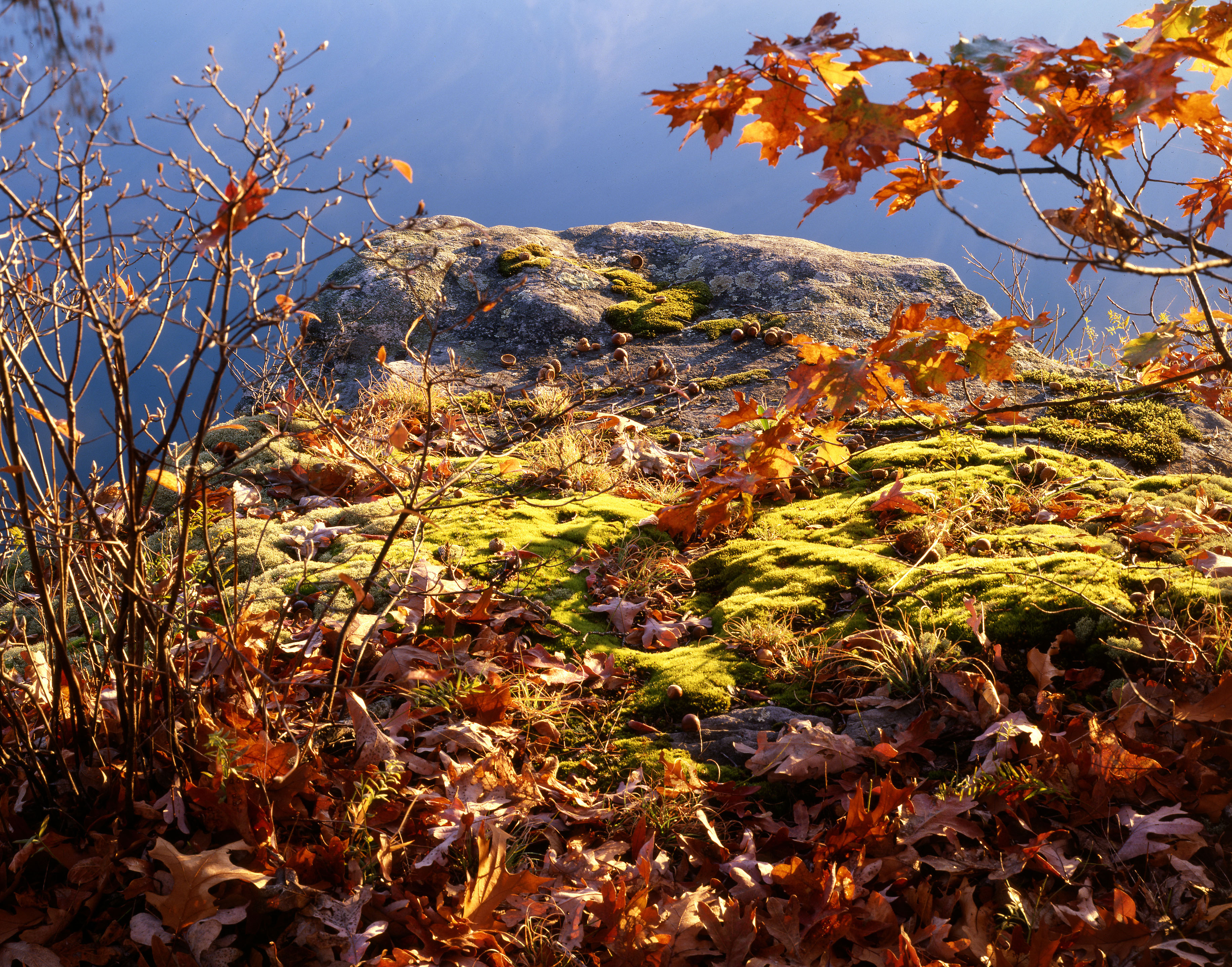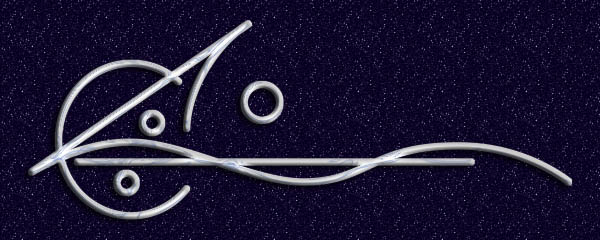I’d intended leaving the Zenfolio galleries alone for a while and just upgrade some of the images in them, swapping out less wonderful stuff for more. But digging around my various storage boxes this last week I found a cache of negatives and transparencies that represent some of my better work from back in the day. So I’ve been working all week to put up a new gallery—here.
As I’ve said elsewhere, my main thing in photography is black & white, but apparently I did quite a lot more color work than I remembered. Odd, that. You do the work, you’d think you would remember. Most of these images are from 35mm, a mix of Kodachrome and Ektachrome. The last four images, however, in the gallery are from 4 X 5 transparencies. Like this one:

What I love about this format is the detail and the lushness of color. But there’s something else about it that has in the past been problematic for me.
It requires patience.
When I learned photography, my father understood something about it that I failed to appreciate for years. He understood that to learn any craft well, you have to go at it constantly, and make myriad mistakes. To get it down right, you throw out 90% of what you do. More. So he fueled me with film and paper. Heedless of cost, I blazed away, roll after roll, print after print, gaining ability gradually by virtue of producing a great deal of garbage. You can do that with 35mm and, to a lesser extent, 120 roll film. I would go out on a “expedition” and shoot ten, fifteen rolls. Most of it forgettable trash. (I heard Ansel Adams comment once that he was good in direct proportion to what he never let anyone see.)
I’m not as disciplined as I would like to be. I have no patience. My friends know this and sometimes shake their heads, both at my lack and by the curious fact that it hasn’t prevented me from doing quality work from time to time. Everything I’ve ever tried to do has required exactly what I do not naturally possess.
4 X 5 enforces patience. The equipment is ungainly and heavy. Setting up a shot takes time. Raising a 35mm SLR to ones eye and snapping off half a dozen shots takes little effort, but framing a shot with a view camera cannot be done with that kind of speed or nonchalance. You get one sheet of film, maybe two. The handling and processing is necessarily cumbersome and it just takes time. After a few lousy shots, you find yourself (if you’re any good at all) slowing down, being careful, really looking at what you’re shooting. Gradually, glacially, you start developing an appreciation for the frame that, at least in my case, the smaller formats with their ease of blazing away never granted.
Curiously enough, the 4 X 5 image I’ve been reworking in Photoshop have been the ones requiring the least manipulation. I “got it right” on the shot.
I will probably do one or two more galleries and then see about exhibiting. There are over 400 images in my online galleries now, most of them some of my best work. I have literally thousands of more negatives and transparencies. I’m glad of the chance to display them this way, at least give people a chance to see what I’ve done.
Oh, a note about image quality. Maybe this is something I simply haven’t figured out, but it’s a technical annoyance, and I want to explain. I’m doing all my work on a standard monitor. The lab I’m using takes the file when I’m finished and makes a print and so far I have seen on the print what I see on my screen. But I’ve looked at these images on other screens and some of them, for whatever reason, come up very washed out. I’ve corrected some of them so get a crisper image on flatscreens, but it’s unpredictable. So any of you, if you’re looking at these and the picture looks flat or too light, please adjust your screen or take my word for it that a print would look marvelous. I’m still learning this digital thing and I’m sure I’m just doing—or not doing—something basic.
Thanks and enjoy.
